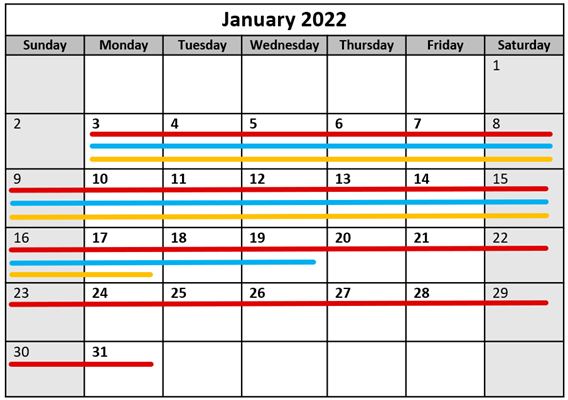Registered veterinarians can prepare animals other than livestock for export. This includes dogs, cats, mice, poultry and horses. You do not need to be accredited by the department to do this.
You must be an accredited veterinarian to prepare livestock for export. Livestock animals include cattle, sheep, goats, buffalo, deer and camelids. If you want to prepare livestock for export, find out how to become an accredited veterinarian.
Your role
As a registered veterinarian, you may help prepare animals for export. This includes the testing, treatment and examinations required by the importing country and under our regulatory framework.
You must understand and meet your obligations under Australia’s export laws and certification system. Our export certification system assures:
- compliance with importing country requirements
- Australia’s reputation as a trading nation
- the health and welfare of exported animals.
A consignment may be detained, delayed or rejected on arrival if not compliant with our regulatory framework and importing country requirements. Rejected consignments may not be able to be returned to Australia and euthanasia may be the only option.
Veterinarian’s legal and ethical responsibilities
To prepare animals for export, you must understand all laws and standards that apply to your role. If you fail to meet these standards, you could commit a criminal offence or be liable for a civil penalty and other adverse consequences.
If you need advice, contact your state or territory veterinary registration board.
False or misleading information or documents
It is your responsibility to ensure that all information and documents you provide to us and any other person are true and correct.
Giving false or misleading information is a serious offence. You may also be liable to a civil penalty for giving false or misleading information or documents.
Professional conduct
Standards for veterinary practice and conduct are set by Veterinary Registration Boards. You should be familiar with the standards or guidelines in the state or territory you work in.
You, your employees, agents and sub-contractors should conduct themselves in a professional manner. The Australian Veterinary Association Code of Professional Conduct may be useful as a guide.
Principles of certification
Certifying documents
You may be required to certify documents during the export process. This may include health certificates or other documents, such as copies or declarations if required by the importing country. These assist in our decision to issue the documents for export.
You must only certify documents on matters that:
- are within your own knowledge
- you can ascertain
- have supporting documentation, such as laboratory reports or other veterinary declarations.
Issuing and signing certificates
Certificates should identify each animal individually. This is important where several animals are travelling in the same consignment.
Always issue and present original certificates.
When signing a certificate, you must:
- use only blue or black ink
- strike through any alterations neatly. Initial and date all alterations. Liquid paper or correction fluid is not acceptable
- check your signature, name, date, qualification, registration number and address. Use an official date or practice stamp where appropriate.
Ensure correct timeframes
Ensure the correct timing of animal testing, treatments and examinations as per the importing country requirements. Count the first day as 0 and use a calendar to help calculate when the next treatment, testing or examination is due.
Be aware of the wording of the importing country requirements. A ‘month’ refers to a calendar month and not 4 weeks. Schedule testing, treatments and examinations based on the date of export. Use an online date calculator. The date of export is the date the animal leaves Australia.
Use the calendar below to follow these examples:
- A treatment requires 2 doses 4 weeks apart. If the first is on Monday, 3 January 2022, the next treatment would be on Monday, 31 January 2022. This is shown by the red line on the calendar.
- An animal is required to be exported within 16 days of testing or treatment. If you perform the test or treatment on 3 January 2022, you must plan to export on or before 19 January 2022. This is shown as the blue line on calendar
- The requirements state treatments should be 2 weeks apart. If you did the first treatment on 3 January 2022, you can give the second treatment on the 17 January 2022. This is shown as the yellow line on calendar.
Keep all relevant records
You must keep records as per requirements of your state or territory’s veterinary legislation and veterinary board guidelines.
Exporters must keep all records from the export process for at least two years.

